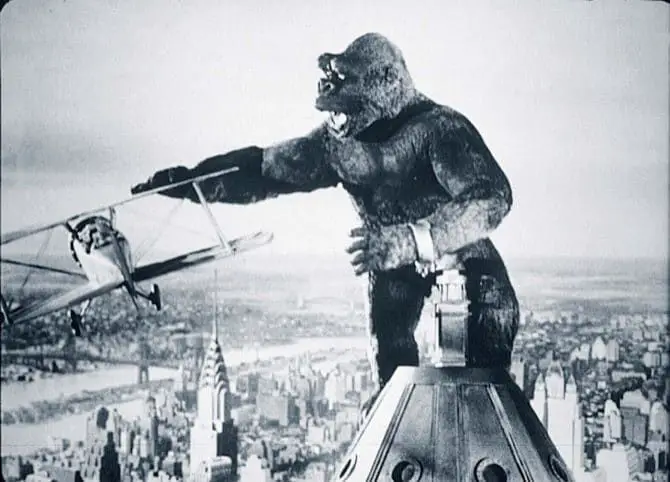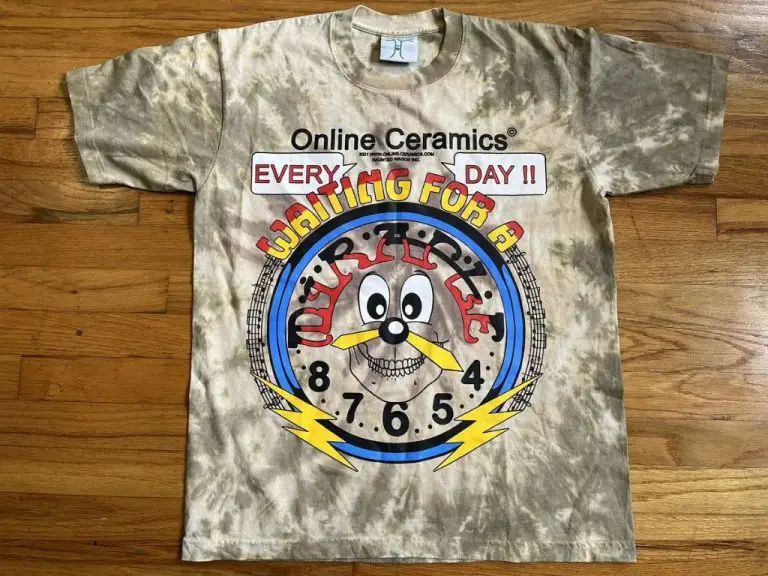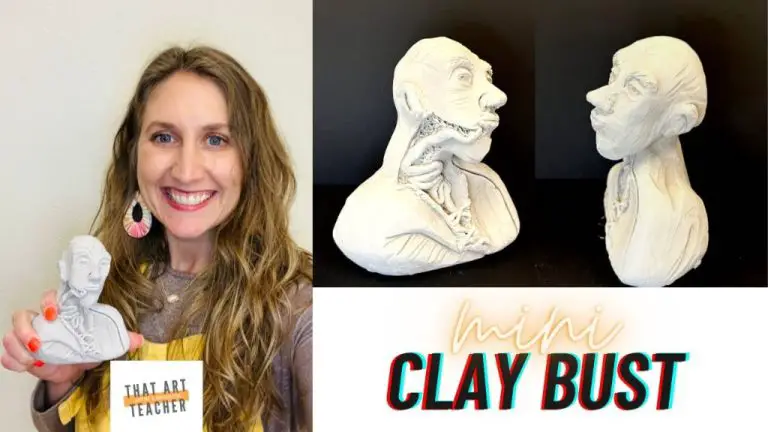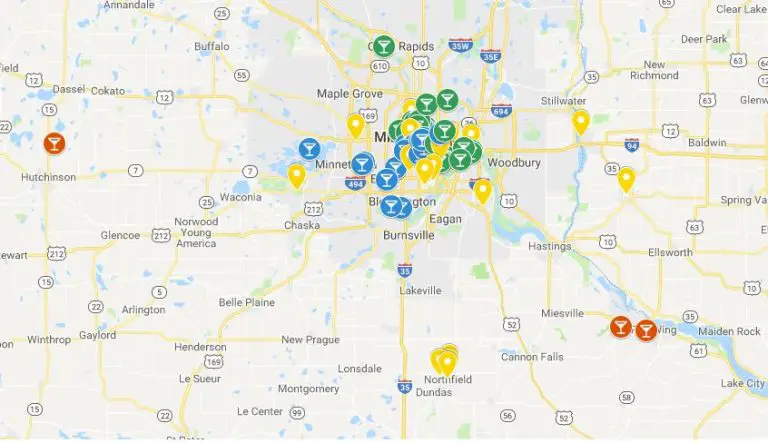Who Invented Clay Animation?
Animation has a long history spanning hundreds of years. Early forms of animation involved manipulating still images to create the illusion of motion, such as the magic lantern shows of the 18th century. With advancements in film technology in the late 19th and early 20th centuries, animation evolved into a specialized field of filmmaking. The earliest animated films were short, experimental works made by artists tracing and photographing successive drawings. In the 1910s and 1920s, major animation studios began producing cartoon shorts for theatrical release. Early animated films frequently relied on stop motion techniques. One of the earliest forms of stop motion animation was clay animation or claymation.
Clay animation involves moving and manipulating clay figures frame by frame to create motion. Pioneers of claymation include Willis O’Brien and Art Clokey. In clay animation’s long history, certain artists and studios such as Aardman Animations have helped develop and popularize the technique. Claymation productions range from shorts to television series to feature films. Celebrated clay-animated works demonstrate the storytelling possibilities of using clay figures and stop motion. While a niche technique compared to 2D and 3D animation, claymation continues to charm audiences today.
Origins of Clay Animation
The earliest examples of clay animation date back to the 1900s. The first clay animation film was called “The Sculptor’s Welsh Rarebit Dream” and was released in 1908 by Edison Manufacturing. It featured clay figures coming to life in a sculptor’s dream after eating too much rarebit (source: How Does Clay Animation Work? | Wonderopolis). Another early clay animation called “The Sculptor’s Nightmare” was released by Biograph studios in 1908 as well. These films demonstrated the potential for stop motion animation using clay characters.
In the 1920s, animator Willis O’Brien pioneered more advanced techniques for animating clay figures. His work blending live-action footage with stop motion dinosaurs in the 1925 film The Lost World was groundbreaking. O’Brien went on to animate the iconic ape in King Kong using clay models and rubber molds. His innovations with character armatures and sculpting techniques established many animation methods still used today.
Willis O’Brien

Willis O’Brien is considered one of the pioneers of clay animation. In 1915, he created the short film The Dinosaur and the Missing Link, which combined stop-motion animated dinosaurs with live-action footage of cavemen. This groundbreaking combination demonstrated the potential for integrating animation with live-action and captivated audiences.
O’Brien further developed this technique in 1925’s The Lost World, bringing dinosaurs to life on the big screen. The realistically animated dinosaurs interacting with live actors pushed the boundaries of what was possible in film. Though crude by today’s standards, O’Brien’s innovative use of molded clay models animated frame-by-frame through stop-motion photography paved the way for future generations of clay animators.
As cited on Wikipedia (https://en.wikipedia.org/wiki/Willis_H._O’Brien), his work on The Dinosaur and the Missing Link and The Lost World demonstrated that stop-motion could realistically portray living creatures and ignite the imagination. It established clay animation as a viable filmmaking technique.
Gumbasia
In 1953, Art Clokey produced a three-minute short film called Gumbasia, which is considered the first clay animation film ever made. Clokey used clay animation techniques that later became the basis for his famous Gumby character. The title Gumbasia was a reference to Disney’s Fantasia, and the film was produced as a class assignment when Clokey was a student at the University of Southern California.
Gumbasia consists of moving and morphing lumps of clay set to jazz music. It was a breakthrough short film in stop motion clay animation. Though not featuring any characters, it pioneered many clay animation techniques still used today, like clay morphing. It helped inspire Clokey to continue innovating with stop motion clay animation in his future work.
Art Clokey
One of the key innovators in clay animation was Art Clokey, who created the iconic character Gumby in the 1950s. Gumby originated in a student film Clokey made called Gumbasia, which pioneered clay animation techniques. After Gumbasia, Clokey launched the Gumby TV series which ran from 1956 to 1968. The Gumby show was one of the first extended uses of claymation on television, and introduced viewers across America to the possibilities of clay animation.
Aardman Animations
Aardman Animations is one of the most influential clay animation studios. Founded in 1972 in Bristol, England by Peter Lord and David Sproxton, Aardman pioneered the technique of claymation and created iconic characters like Morph and Wallace & Gromit.
One of Aardman’s earliest creations was the Claymation character Morph, a lively plasticine scamp who first appeared on various Tony Hart shows on BBC television in the 1970s and 80s. Morph was recognizable for his mischievous personality and talent for shape-shifting (SMH).
However, Aardman’s biggest claim to fame was through their lovable claymation duo, Wallace and Gromit. Wallace, an eccentric inventor, and his silently sardonic dog Gromit first appeared in the short film “A Grand Day Out” in 1989. Wallace and Gromit went on to star in several award-winning shorts that combined innovative Claymation techniques with charming British humor.
Nick Park
Nick Park is one of the most famous and influential clay animators. He began working at Aardman Animations in Bristol in 1985, where he created the iconic characters Wallace and Gromit. Wallace and Gromit starred in a series of short films and eventually a feature film called Chicken Run in 2000, which became the highest grossing stop motion animated film ever at the time (Wikipedia).
Park has won numerous awards for his clay animation work, including four Academy Awards for Best Animated Short Film for Creature Comforts (1990), The Wrong Trousers (1993), A Close Shave (1995), and Wallace & Gromit: A Matter of Loaf and Death (2008). He has been called one of the biggest names in British animation (Wallace & Gromit).
In interviews, Park has discussed his love for clay animation and the meticulous process behind bringing his characters to life frame-by-frame (Animation Art Conservation). His unique style and meticulous attention to detail have made his films universal favorites and cemented his legacy as a pioneer of clay animation.
Henry Selick
Henry Selick is an American filmmaker who specializes in stop-motion animation and has directed several acclaimed clay animation films. Selick’s most famous film is The Nightmare Before Christmas (1993), which he directed and Tim Burton produced. According to Wikipedia, this stop-motion musical fantasy film was a critical and commercial success, and has developed a large cult following.
In addition to The Nightmare Before Christmas, Selick also directed the stop-motion films James and the Giant Peach (1996) and Coraline (2009). His unique directorial style and expertise with stop-motion have established Selick as a leading voice in clay animation. By specializing in this rare and meticulous artform, Selick has helped push the creative boundaries of what can be achieved through the magical medium of clay.
Celebrating Clay Animation
Clay animation continues to capture imaginations and push creative boundaries today. Festivals like the Toronto International Film Festival’s Sprockets and San Francisco International Film Festival regularly feature clay animated shorts and features. In 2018, stop-motion studio Laika’s film Missing Link won the Golden Globe for Best Animated Feature Film.
The clay animation community honors its masters through Lifetime Achievement Awards. In 2020, Aardman’s co-founder Peter Lord became the first stop-motion director to receive an Honorary Oscar from the Academy of Motion Picture Arts and Sciences.
A new generation of clay animators are finding acclaim, such as Elizabeth Hobbs, whose short film Sing was nominated for an Oscar in 2016. Filmmakers continue to push the boundaries of the medium into new emotional territory, as seen in the poignant 2018 short Lost & Found by Andrew Goldsmith and Bradley Slabe.
Conclusion
Clay animation, also known as claymation, has had a long and storied history stretching back over 100 years. While much animation today is done via computer, claymation remains a beloved and engaging artform. The use of clay characters and models animated one frame at a time gives claymation its unique look and feel. It allows animators to work hands-on with their materials to create each unique movement and expression.
The history of claymation features some highly influential pioneers like Willis O’Brien who brought dinosaurs to life in early films like The Lost World. His protégé Ray Harryhausen continued expanding the possibilities of claymation with fantasy and sci-fi films like Jason and the Argonauts. More recently, studios like Aardman Animations and animators like Nick Park have elevated claymation to an art, creating richly detailed worlds and beloved characters. The charm and appeal of clay animation continues today in films, TV, and online videos. Though a time-intensive process, claymation allows a creativity and connection between animators and their work that brings life and personality to their creations. It is an animation artform that has endured for over a century and will continue bringing joy to audiences in the decades to come.





